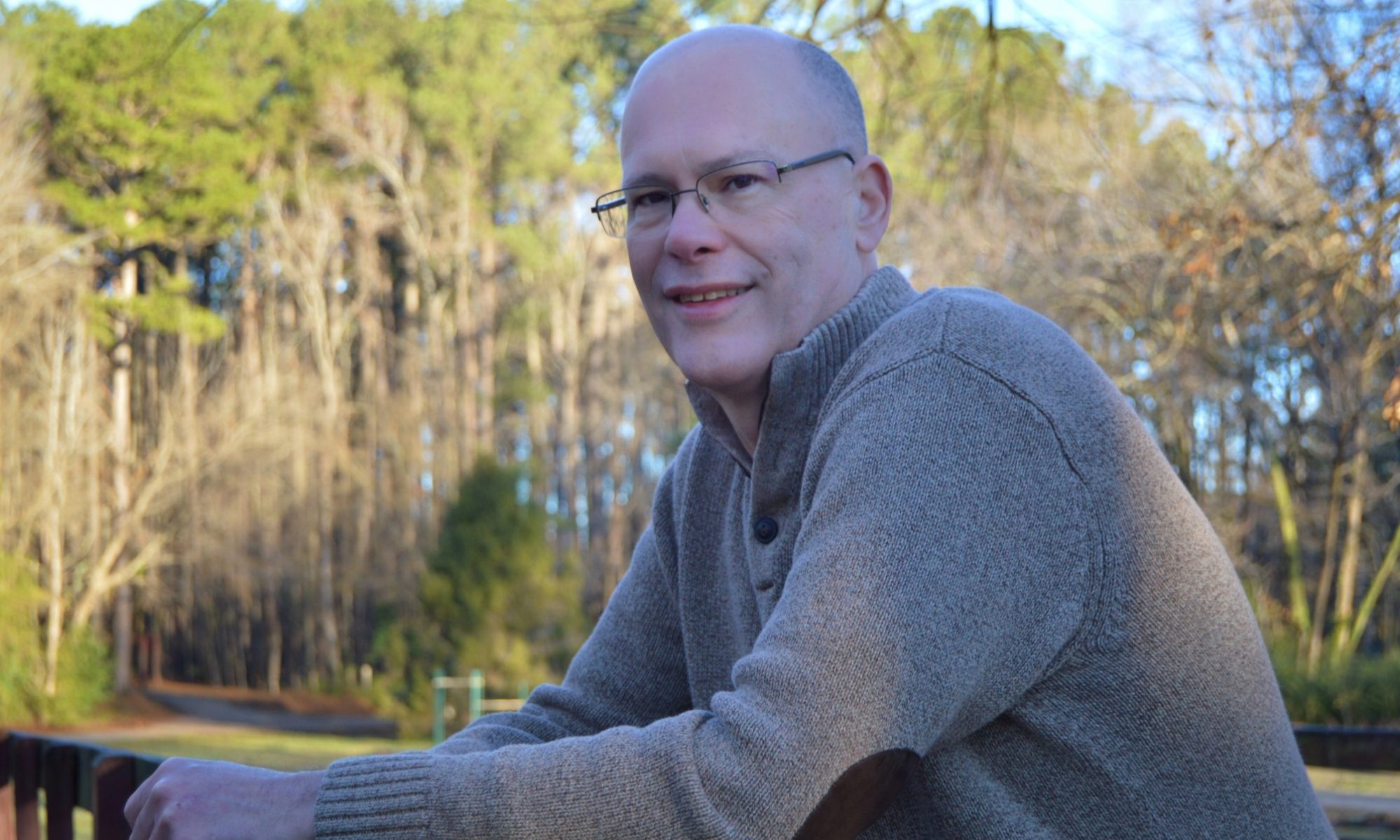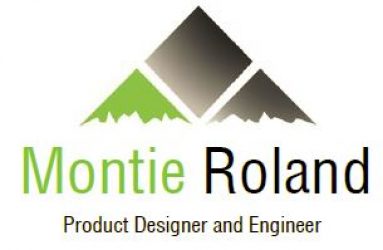Giving The Go Ahead To A New Product
———– Transcript —————————
Audio File: 2014 Feb 12 – Giving The Go Ahead To A New Product.mp3
Audio Length: 10:10 minutes
Hello, my name is Montie Roland with Montie Design in Morrisville, North Carolina. We’re a product development firm with core competencies in mechanical engineering and industrial design.
One of the interesting things that happens working with clients from bigger companies or medium-sized companies – or even smaller ones that are, you know, are growing – is that we’ll design a . . . whatever. And so we’ve designed this project, we’ve gotten to know our contact at that client, and one day after a design review that client looks across the table and says, “You know . . . I’ve got some stuff I’ve been working on in my basement”. It’s interesting that it’s very likely for a client that’s in charge of – or enabling; in charge of, also – product development for his company often will have something that they do on the side. And it’s interesting; so they may enjoy their job and they work very hard at it; at the same time, when they talk about the thing they’re making in their garage, there’s usually this big smile. And so, then what happens is they look at us and say, “That’s why I respect what you did so much with Montie Gear; because I know how tough it is”. And Montie Gear’s our product line that we created four years ago of our own products. We manufacture them; we sell them; we distribute them; we maintain the website . . . well, Daniel helps us. But, so it’s our own products, though. And it’s become kind of this company fascination. But, we’ll have clients that have this emotional connection to our Montie Gear products. Maybe it has nothing to do with the products; it’s just the fact that they really like coming up with new stuff. And so they see us doing it and having a good time and it’s a common situation that we’re both having a good time doing new products.
And so, there’s a couple of thoughts I want to throw at you. And we’ll talk about it from the perspective of an entrepreneur, but this also can apply from the perspective of a big company. Because, if you look at a big company as an organism, some of the same thought processes, many of the same thought processes, apply. They’re modified in some ways but, at the basic level they’re pretty similar.
So, one of the first thought processes is to go after the whole enchilada. It’s go big or go home. Well, the good side about that is that if you go big and you win big, then you profit big. And so, that’s a good thing. So if you go for a product where you’ve stretched what you can do or what your company can do, and it’s a product that can change the market or can take over a market or can grab market share, then Woo Hoo! That can be a big winner because the upside to that is that you can have some big profits. The downside is that you’ve invested a lot in it and you’ve also not invested in other products. Now, form an entrepreneur standpoint, we’ve had one single owner, single employee companies where the owner of the company said, “I’m going to do this. I’m going to go big. I’m going to injection mold this. I’m going to sell these all over the country” and, you know, “Either help me or get out of my way”. And so, the one I’m thinking about at this moment had the funds to back it up. He had the money in the bank to do what he needed to do, and so, he wrote checks. We helped him out. He did other stuff and now he’s got a product that’s starting to take off like crazy. So the upside is going to be huge for him, I think. Good product. Great salesman. Good attitude. Thinking about the business. And thinking about, you know, how he’s going to make all this happen on a big scale and, hey, let’s . . . we helped him push.
And so, we have other clients – and like I said, this can apply to an entrepreneur or to a company – where they’re not in a position yet, for whatever reason, to go for the big score. And so for them the medium-sized score or the smaller score is a much better option. Maybe because of cash flow; maybe because of other resources. Maybe because of time resources. Maybe they’re very business doing something else. So if they go after this major product, then it may take years to get there because they got so much on their plate. Well, the other possibility is to go after a bunch of smaller products, or smaller, I should say, lower effort products. And, then that gets them into that new market. That gets them experience in that market. And one nice thing about that is if you’re tightly resource-constrained, then that experience can help you make wise use of that money by having a less feature-rich product; a simpler product. Maybe instead of having this medium-scope project, you say, “I’m going to do something that we can do in the next eight weeks.” Get that out there; start selling it; see what happens; get some experience. And that’s a call you’ve got to make. You know, we have clients that are going to go for the big score; and that’s what they need to be doing. They’ve got their resources; they’ve got the people; they’ve got the time; they’ve got the talent; and they’ve got the motivation. And we just help them do that. And we have other clients that are much, much better off coming at it from much more of a cottage industry approach. And so, in this case, they’re going to put less capital out and they’re going to sell less. And you know the upside – and maybe two orders of magnitude smaller – but at the same time, they’re not risking other things to do it.
And so that’s kind of where you have to decide is that, you know, what are you going to do? You just got to man up and go. And, I think the trick there is there’s some things to consider. And this is kind of the podcast from a little while back. Where, you know, do you have the funds to do it? Do you have the time? Do you have the energy? Do you have the motivation? Do you have the people? And do you have the people that are in the right spot? And so, there again, this is why all products live or die by the management team. Because that’s where you can make good decisions or bad decisions that, you know . . . if you’re not careful, you’ll make a decision that means you have a product that requires so much effort, it takes you so long to get there, that then there’s a risk you’ll never get there. I would say that with product development, generally, the longer it spreads out, the less likely it is you’ll ever get there. Now, there are exceptions to that, but for the most part that’s true.
So, I hope that you can take something away from this. And, look at it from the standpoint of right-sizing that product for your capabilities, your resources. And there’s nothing to say that if you do a simple product, you can’t come back with a complex product. So, just kind of decide. Think it through.
We’re happy to help you all the way through. Big. Small. Little. Massive. Disruptive. Incremental. We’re the engine that helps you push. And we get in, we help you push and we help you take it from that concept to the shipping dock. And we fill in the holes that you need along the way to get you there. Sometimes they’re small gaps; sometimes they’re big gaps. But, our job is to get in there and push.
I hope this helps out. If you have any questions, please don’t hesitate to give me a call, shoot me an email, visit our website. It’s 1-800-722-7987 – or – 919-481-1845. montie (M-O-N-T-I-E)@montie(M-O-N-T-I-E) .com is my email. Or just visit our website – www. montie.com. Thanks. Hope you have a great day. Bye-bye.
END AUDIO

